Learn about History at the Jordan Museum
The Jordan Museum in Amman is a captivating cultural institution that showcases the rich history, heritage, and archaeological treasures of Jordan. Located near the Sports City Circle, this modern museum provides an immersive and educational experience.
One of the highlights is the Ammonite Treasury, which showcases artifacts from the ancient city of Ammon, including intricate jewelry and ornate figurines. The Dead Sea Scrolls exhibit features replicas of the famous biblical scrolls discovered in the nearby caves of Qumran. Additionally, the Land and People exhibit explores the geographical diversity and cultural traditions of Jordan.
You can learn about the ancient Nabataean civilization at the Petra: Wonder in Stone exhibit, which highlights the history and splendor of the UNESCO World Heritage Site. The museum also showcases artifacts from the Roman, Byzantine, and Islamic periods, providing insights into the country’s diverse historical periods.
The Jordan Museum is located in Ras Al Ain, a central area of Amman, making it easily accessible. It is well connected by public transportation and is a short distance from other popular attractions, such as the Amman Citadel and the Roman Theater. The museum’s location also offers beautiful views of the city and the surrounding landscape.
Opening Hours and Tickets: The museum is generally open from 10:00 am to 6:00 pm, except on Fridays when it closes at 8:00 pm. It is recommended to check the official website for the most up-to-date information regarding opening hours and ticket prices.
Taste Amman's Best Falafel
Amman is famous for its delicious and flavorful falafel. Falafel is a popular Middle Eastern dish made from ground chickpeas or fava beans blended with aromatic herbs and spices. The mixture is shaped into small patties or balls and then deep-fried to perfection. The result is a crispy exterior with a tender and flavorful interior.
Amman offers numerous establishments where you can indulge in top-quality falafel. Some highly recommended places to try include Hashem Restaurant, Abu Jbara, Al-Quds, and Falafel Quds. These restaurants are serving excellent falafel, prepared with fresh ingredients and traditional recipes passed down through generations. Dining on falafel in Amman is not just about the food; it’s also a cultural experience. Many of the falafel spots have a casual and bustling atmosphere, allowing you to immerse yourself in the local dining scene.
Falafel is typically served on warm pita bread, accompanied by tahini sauce (a creamy sesame-based sauce), hummus (a chickpea dip), pickles, fresh vegetables like lettuce, tomatoes, and cucumbers, as well as a sprinkle of zesty herbs like parsley and mint. If you are following a vegetarian or vegan diet, then falafel is a popular choice for you as it is entirely plant-based. It provides a satisfying and protein-rich alternative to meat-based dishes.
Tasting Amman’s best falafel is an essential part of exploring the city’s culinary scene and we highly recommend it!
Relax at Amman's Spas
While the Dead Sea is Jordan’s most popular destination for relaxation, Amman also has a variety of outstanding spas. In reality, the city’s hammams still practice bathing practices that date back hundreds of years. Many of the amenities have Middle Eastern-style saunas, steam rooms, community baths, and individual treatment rooms, as well as relaxing areas.
Amman’s spas are designed to create a serene and tranquil environment. You can expect elegant and comfortable settings with soothing music, dim lighting, and aromatic scents. Visiting a spa in Amman is a wonderful way to relax, rejuvenate, and pamper yourself during your stay.
Spas in Amman include the Willow Stream Spa at the Fairmont Amman, Gaia’s Cocoon Spa, Marrakech Hammam, and Al-Pasha Turkish Bath. No matter where you travel, you’ll feel refreshed and ready for another day of touring.
Visit the Jordan National Gallery of Fine Arts
The Jordan National Gallery of Fine Arts is a prominent cultural institution located in Amman, showcasing a rich collection of contemporary and traditional artworks from Jordan and beyond.
The gallery hosts a diverse range of art exhibitions throughout the year, featuring works by local, regional, and international artists. From paintings and sculptures to photography and installations, the gallery showcases a vibrant tapestry of contemporary and traditional art.
The gallery’s permanent collection includes an impressive array of artworks that represent Jordan’s artistic heritage. It features works by renowned Jordanian artists, as well as pieces from other parts of the world. The collection highlights the evolution of Jordanian art and offers insights into the country’s cultural and artistic identity. In addition to exhibitions, the Jordan National Gallery of Fine Arts organizes special events and programs to engage visitors and promote artistic appreciation.
The gallery is housed in a striking building designed by the famous architect Jafar Tukan and it is situated in Jabal Luweibdeh, a vibrant neighborhood known for its art galleries, cafes, and cultural attractions. It is easily accessible by public transportation or a short taxi ride from downtown Amman. The gallery’s location offers stunning views of the city and serves as a gateway to explore the artistic and creative scene in Amman.
Get Wowed by Qasr al-Abd
Qasr al-Abd, also known as the Castle of the Slave, is a remarkable archaeological site located in the eastern desert of Jordan. This desert castle, dating back to the early Umayyad period in the 8th century, is a captivating destination that will leave you awestruck.
Qasr al-Abd served as a desert retreat and an administrative center during the Umayyad dynasty. The castle’s architecture is striking, with its imposing fortress-like structure and intricate decorative details. It is made of solid stone and features impressive arched entrances, vaulted ceilings, and ornate carvings.
As you explore Qasr al-Abd, you can venture through its labyrinthine corridors, walk along the rooftop, and admire the panoramic views of the surrounding desert. The interior spaces include a central courtyard, residential quarters, storage rooms, and a mosque, allowing you to envision the castle’s function and daily life during its heyday.
Qasr al-Abd is accessible by car, and it is recommended to arrange transportation or join a guided tour from Amman or nearby cities. The castle is located approximately 100 kilometers east of Amman and can be reached within a few hours.
See Amman's Grand Husseini Mosque
The Grand Husseini Mosque, also known as Al-Husseini Mosque or Al-Hussein Mosque, is a must-attraction located in downtown Amman. It holds great significance as a place of worship and is considered one of the most important and historic mosques in the city.
The Grand Husseini Mosque is believed to have been built on the site of an ancient mosque where Prophet Muhammad’s companion, Ja’far ibn Abi Talib, led prayers during his visit to Amman. The current mosque was constructed in the 1920s and has since become an iconic symbol of the city.
The mosque features an impressive blend of architectural styles, combining Ottoman, Mamluk, and Umayyad influences. Its exterior boasts beautiful white stone walls and graceful arches, while the interior showcases intricate tilework, elegant chandeliers, and a spacious prayer hall. The distinctive blue dome adds to the mosque’s visual appeal.
The mosque is easily accessible within walking distance of other popular attractions, such as the Roman Theater and Rainbow Street. As a place of worship, it is important to dress modestly and respectfully when visiting the mosque, with women covering their heads and both men and women wearing modest attire.
Hip Coffee Places in Jabal Al Lweibdeh
If you really want to immerse yourself in Jordanian culture you definitely need to visit the Jabal Al Lweibdeh neighborhood, located in the heart of Amman. Jabal Al Lweibdeh is known for its artsy and bohemian atmosphere and it is home to a number of hip coffee places that cater to the city’s growing coffee culture. Here are a list of hip coffee places in Jabal Al Lweibdeh that are worth checking out:
1. Rumi Café is a cozy and artistic café that offers a laid-back ambiance. It serves a range of specialty coffees, including Turkish coffee and Arabic coffee, along with a selection of teas and light bites. The café also hosts occasional live music performances and art exhibitions.
2. Turtle Green Tea Bar is perfect for tea enthusiasts, Turtle Green Tea Bar is a must-visit. This trendy spot offers a variety of green tea-based beverages, including iced teas, matcha lattes, and specialty tea blends. The café’s minimalist design and friendly atmosphere make it an ideal place to relax and enjoy a refreshing cup of tea.
3. Shams El Balad is a popular café located in a charming historic building. It boasts a rooftop terrace that offers breathtaking views of Amman’s skyline. The café serves organic coffee, along with a range of delicious food options, including Middle Eastern and international dishes. It also hosts cultural events and live music performances.
4. Aristotle Cafe is another really nice café that specializes in coffee. It offers a variety of espresso-based drinks, pour-over coffee, and cold brews. The café’s modern interior and friendly baristas create a welcoming environment for coffee lovers.
If you are looking to relax in a creative atmosphere then you should definitely visit one of these hip coffee places in Jabal Al Lweibdeh. Each café offers its own unique charm, making Jabal Al Lweibdeh a hub for coffee culture and artistic expression in Amman.
Get Lost in One of the Amman Souqs
One of our favorite thing in Amman is its several vibrant souqs (traditional markets) that offer a unique shopping and cultural experience. These souqs are bustling hubs where locals and visitors gather to explore a wide range of goods, from traditional handicrafts and spices to clothing and souvenirs.
Here’s an overview of some of the popular souqs in Amman:
- Souk Mango: Located in downtown Amman, Souk Mango is a colorful and lively market known for its variety of fresh fruits, vegetables, and spices. You can find an assortment of seasonal produce, exotic spices, and local ingredients, allowing you to immerse yourself in the flavors and aromas of Jordanian cuisine.
- Souk El-Khodra: Also situated in downtown Amman, Souk El-Khodra, or the Green Market, is a bustling souq that specializes in selling fresh produce, herbs, and flowers. It’s a feast for the senses, with vendors displaying vibrant fruits, fragrant herbs, and beautiful flower arrangements. It’s an ideal place to experience the local food culture and explore the vibrant colors of nature.
- Gold Souk: Located in downtown Amman, the Gold Souk is a treasure trove for jewelry lovers. It features a wide selection of gold, silver, and precious gemstone jewelry, including traditional Jordanian designs as well as modern pieces. Whether you’re looking for a special gift or simply want to admire craftsmanship, the Gold Souk is a must-visit destination.
- Souq Jara: Souq Jara is a popular open-air market that takes place every Friday in the picturesque Jabal Amman neighborhood. It offers a mix of stalls selling handicrafts, clothing, accessories, antiques, and organic food products. Souq Jara is a vibrant and lively market where you can browse unique items, enjoy street performances, and sample delicious local street food.
While you are there, we suggest you explore the souqs because it provides an opportunity to immerse yourself in the local culture, witness the vibrant energy of the city, and take home a piece of Jordan’s rich heritage.
The Abdali Boulevard
The Abdali Boulevard is a modern, vibrant, and dynamic urban space perfect for shopping, dining, entertainment, and cultural experiences. Here’s what you need to know about the Abdali Boulevard:
The boulevard is home to a variety of shops and boutiques, offering a range of local and international brands. You can find fashion apparel, accessories, cosmetics, electronics, and more.
There is also a wide selection of cafes, restaurants, and eateries catering to various culinary tastes. From local Jordanian cuisine to international flavors, you can find a range of dining options to suit your preferences.
While you are there, you can enjoy a lot of entertainment options for all ages. You can catch a movie at the state-of-the-art cinemas, enjoy live performances at the outdoor amphitheater, or visit the entertainment centers offering arcade games, virtual reality experiences, and more. The boulevard often hosts events, concerts, and festivals, adding an extra layer of excitement to the vibrant atmosphere.
The Abdali Boulevard is situated in the Abdali district, a central area of Amman. It is easily accessible by public transportation, taxis, and private vehicles.
Take Day Trips around Amman
Amman is an excellent base for day trips to explore the surrounding attractions of Jordan. With these day trips from Amman, you have the chance to explore Jordan’s diverse landscapes, rich history, and cultural heritage.
Here are some popular day trip destinations from Amman:
Petra
A UNESCO World Heritage Site and one of the New Seven Wonders of the World, Petra is an ancient city carved into rose-red cliffs. It’s a must-visit destination, known for its stunning architecture, including the iconic Treasury (Al-Khazneh) and the Monastery (Ad Deir).
Dead Sea
Located at the lowest point on Earth, the Dead Sea is famous for its hypersaline water and mineral-rich mud. Floating effortlessly in the buoyant waters and experiencing the therapeutic properties of the mud are unique experiences. Additionally, you can visit resorts along the coast that offer spa treatments and relaxation.
Jerash
Known as the “Pompeii of the East,” Jerash is an exceptionally well-preserved Roman city showcasing grand ruins, temples, theaters, and colonnaded streets. Walking through this archaeological gem provides a fascinating glimpse into the Roman Empire’s influence in the region.
Madaba
Known as the “City of Mosaics,” Madaba is renowned for its ancient mosaic art. The highlight is the famous Madaba Map, a sixth-century mosaic map depicting the Holy Land. Explore the city’s numerous churches and visit mosaic workshops to witness the creation of these intricate artworks.
Mount Nebo
Just a short drive from Madaba, Mount Nebo is a significant biblical site. It is believed to be the place where Moses viewed the Promised Land before his death. Enjoy panoramic views of the Jordan Valley, the Dead Sea, and on clear days, even Jerusalem.
Ajloun Castle
Located in the Ajloun Forest Reserve, Ajloun Castle is an impressive 12th-century fortress built by the Muslim leader Salah ad-Din. The castle offers panoramic views of the surrounding countryside and provides insight into the region’s medieval history.
Wadi Mujib
For adventure seekers, Wadi Mujib offers thrilling experiences. This dramatic canyon is often referred to as the “Jordanian Grand Canyon” and offers opportunities for hiking, canyoning, and enjoying the natural beauty of waterfalls and rugged landscapes.



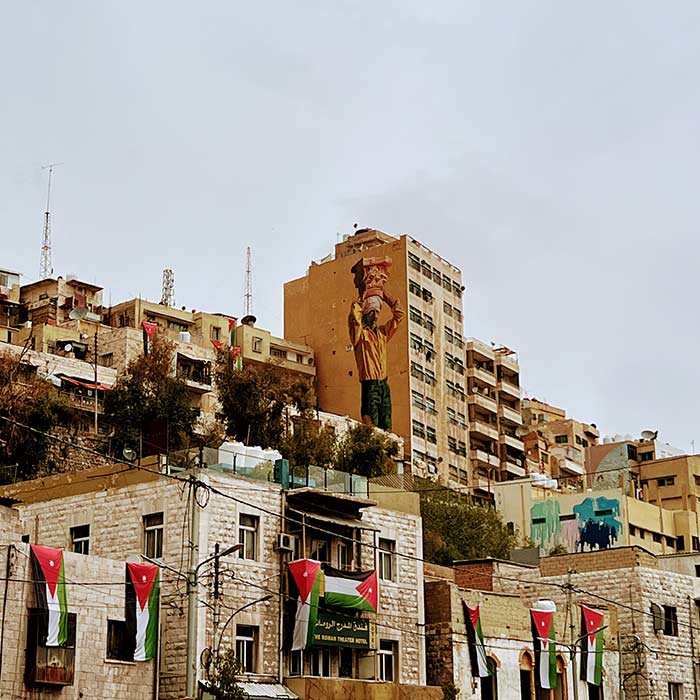
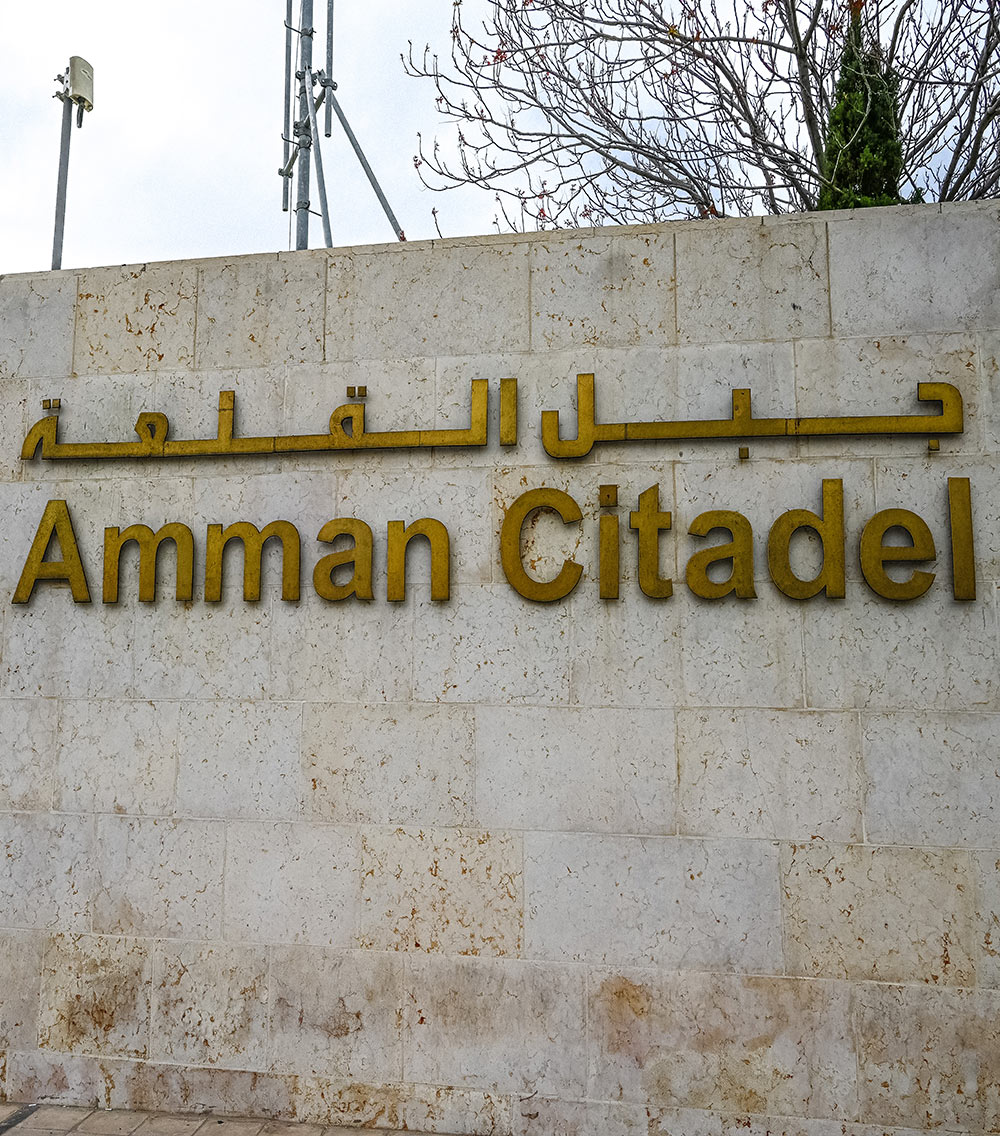
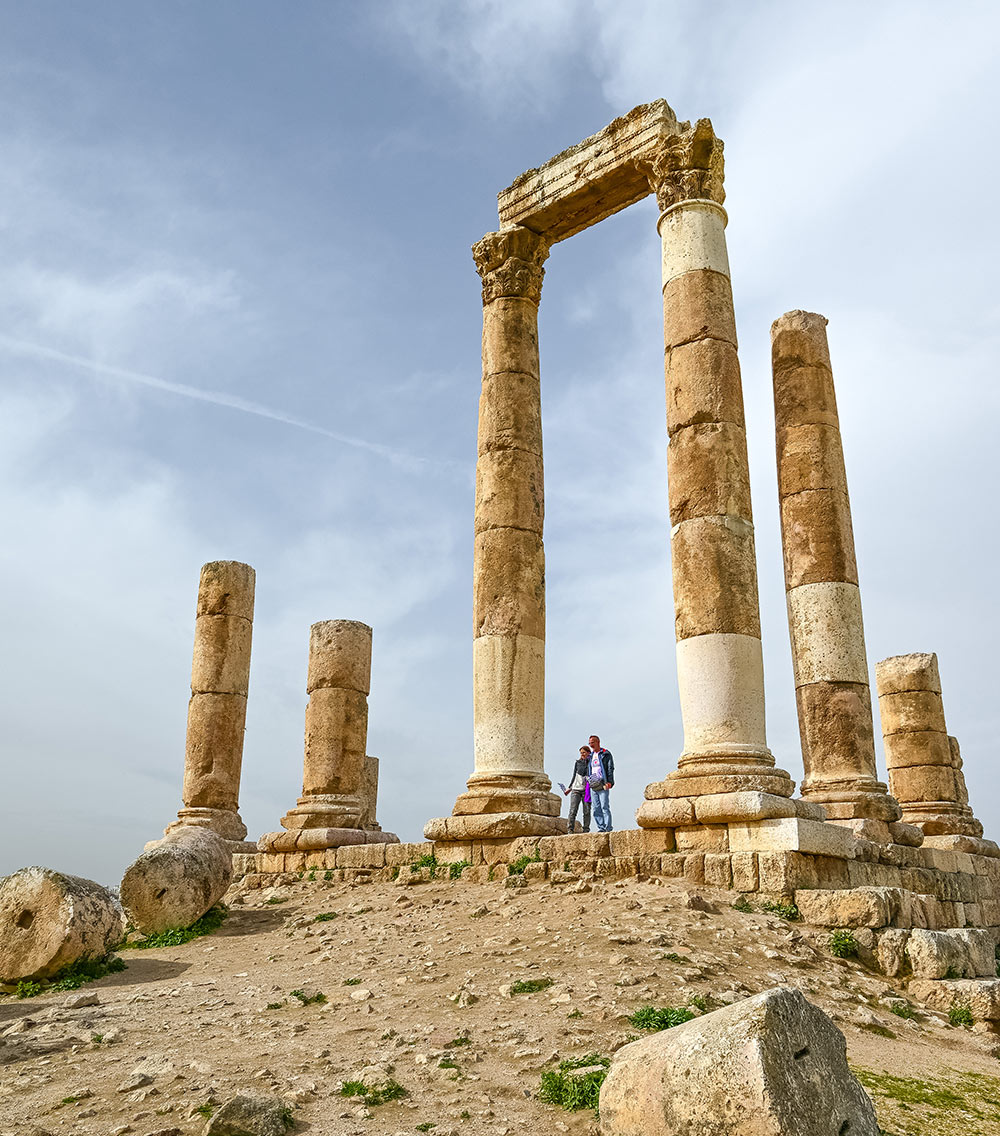
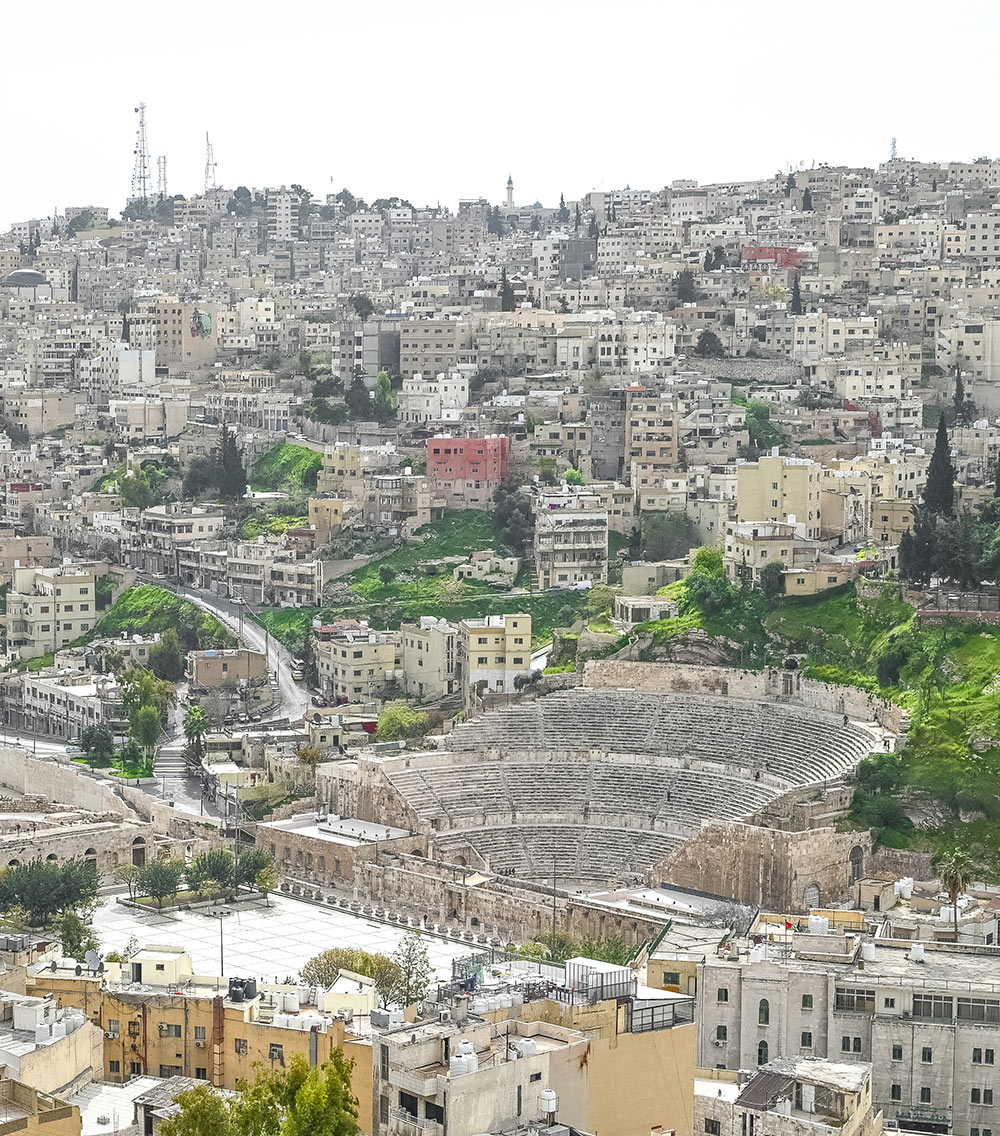
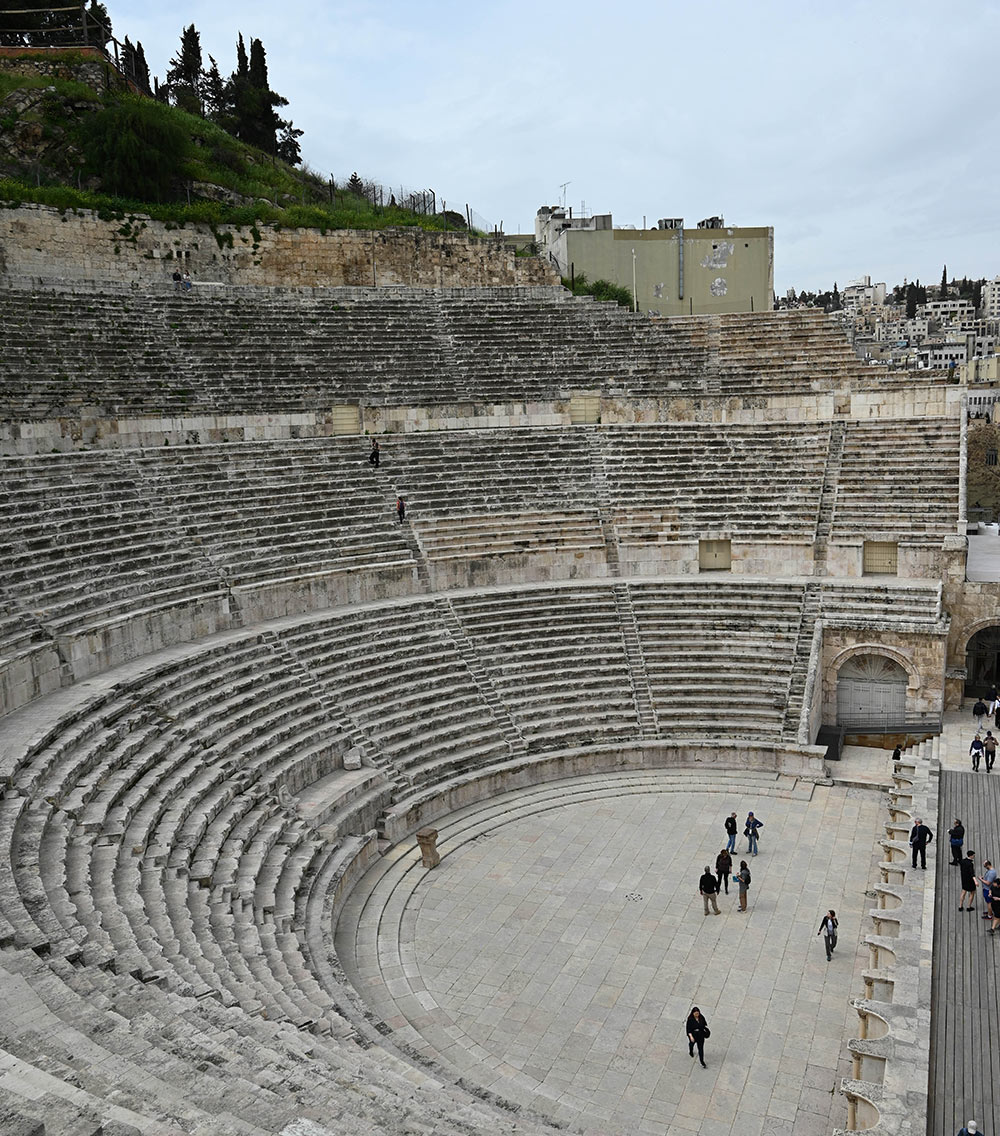

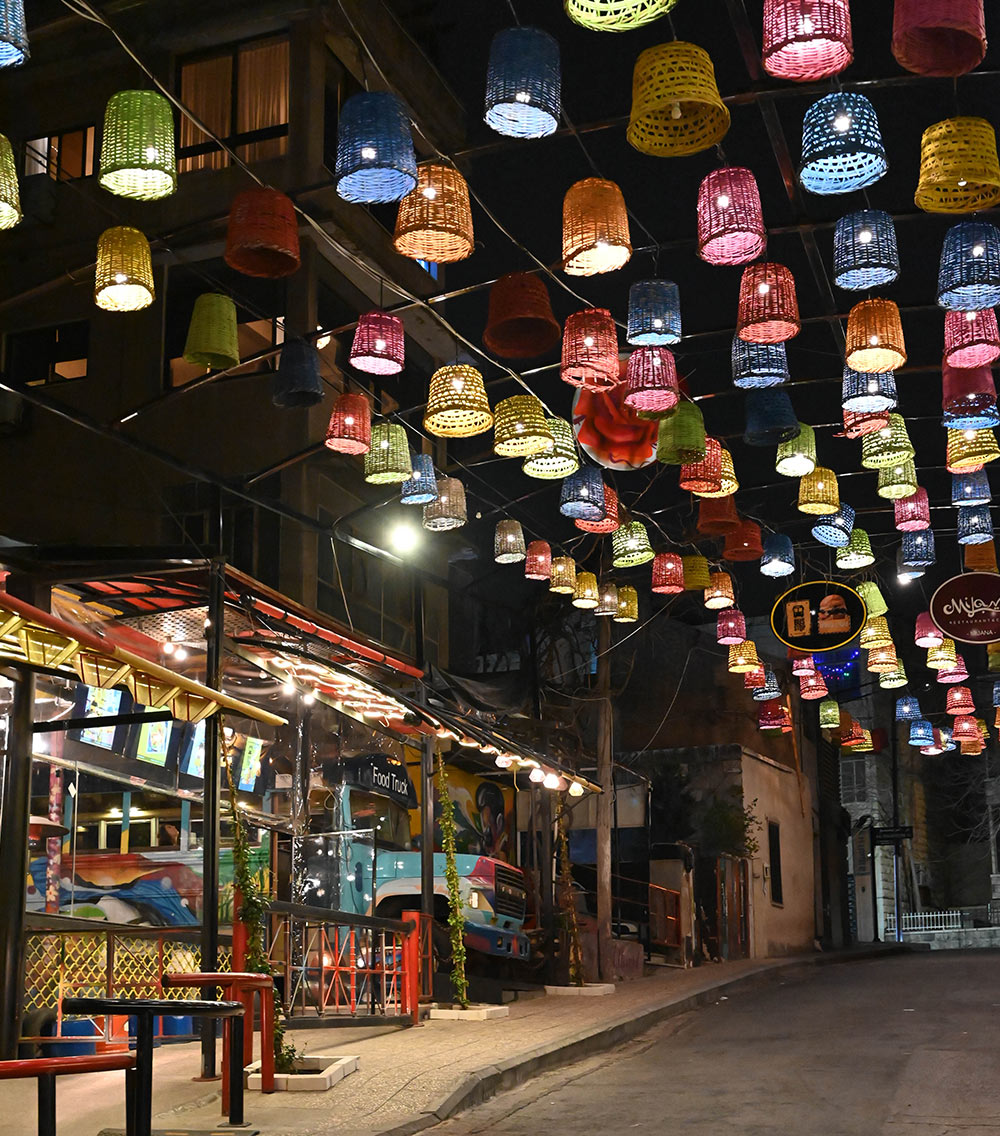
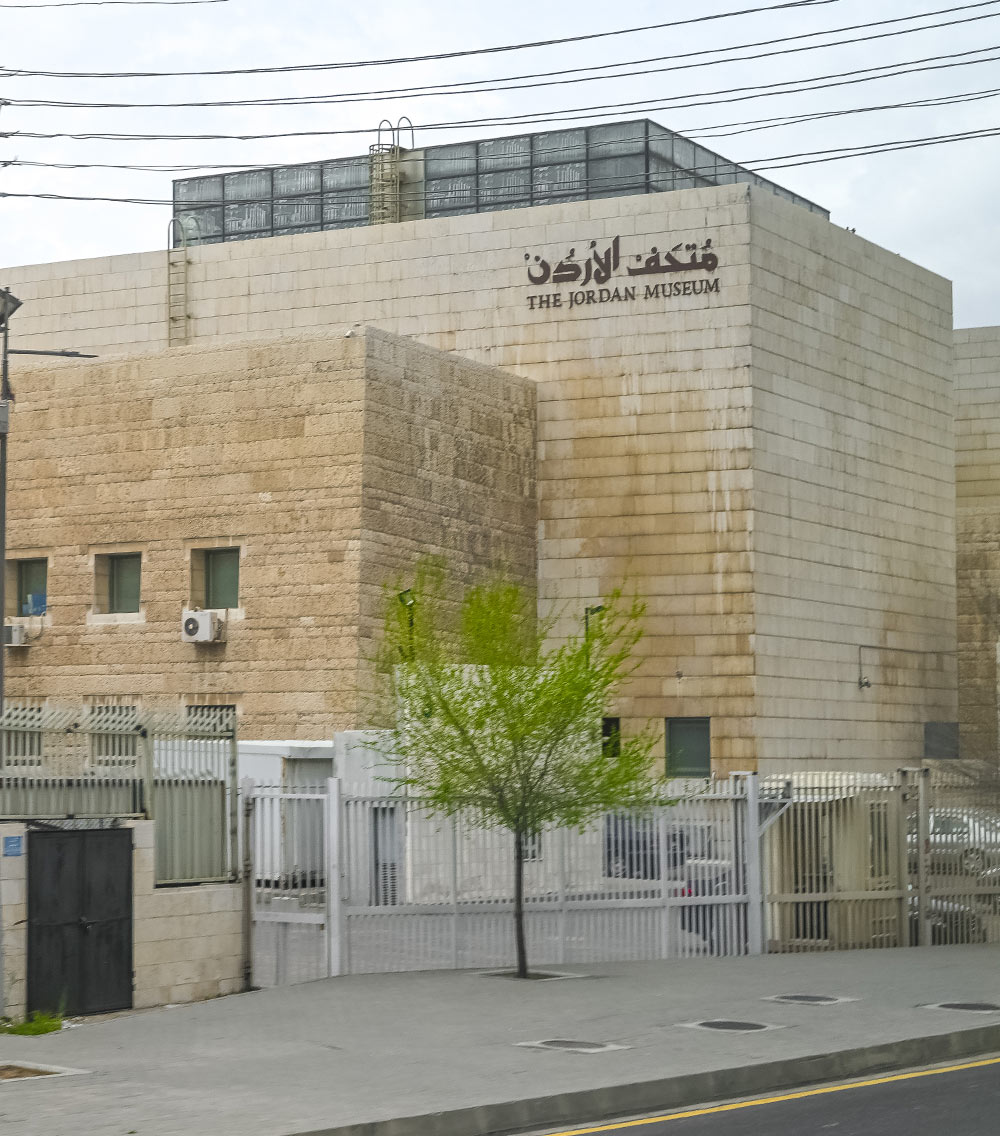

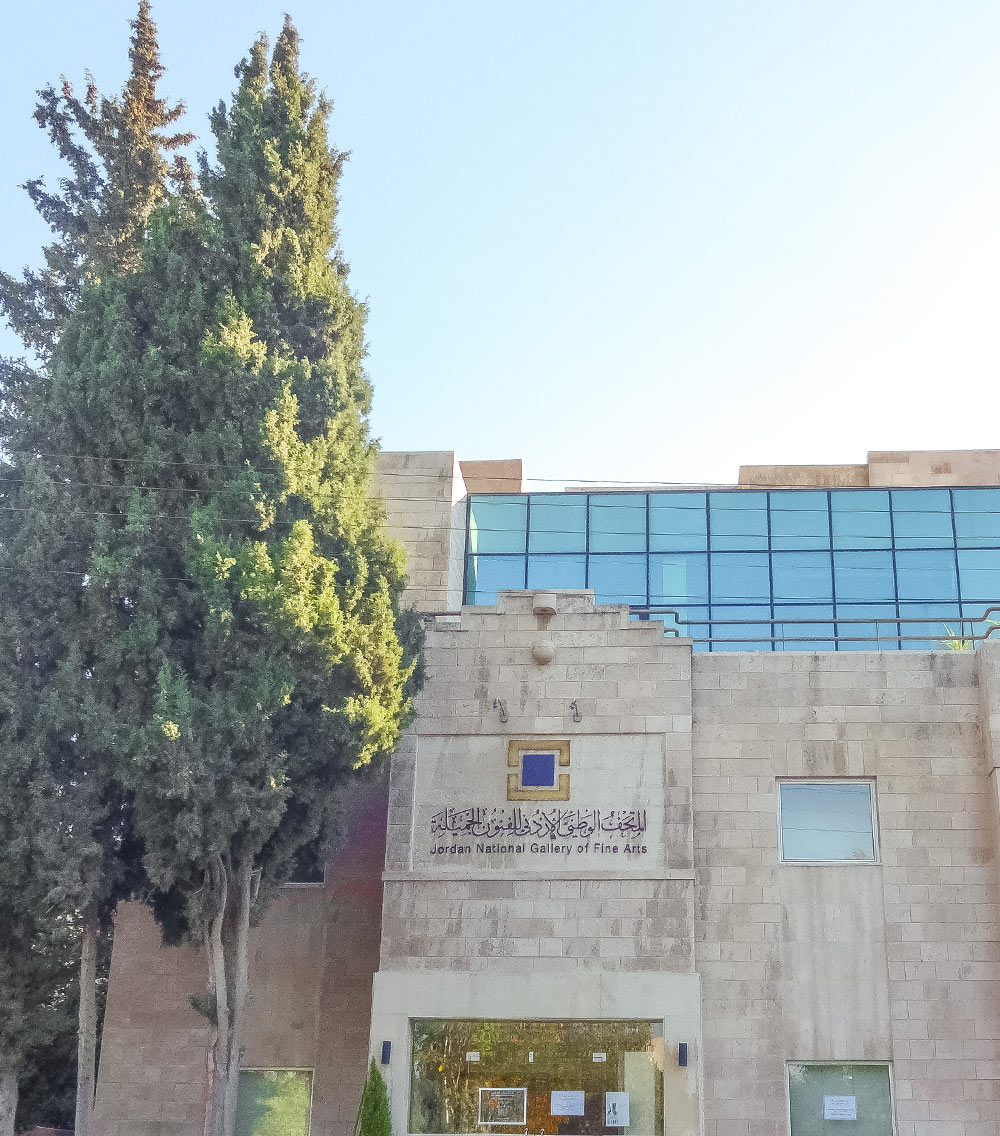
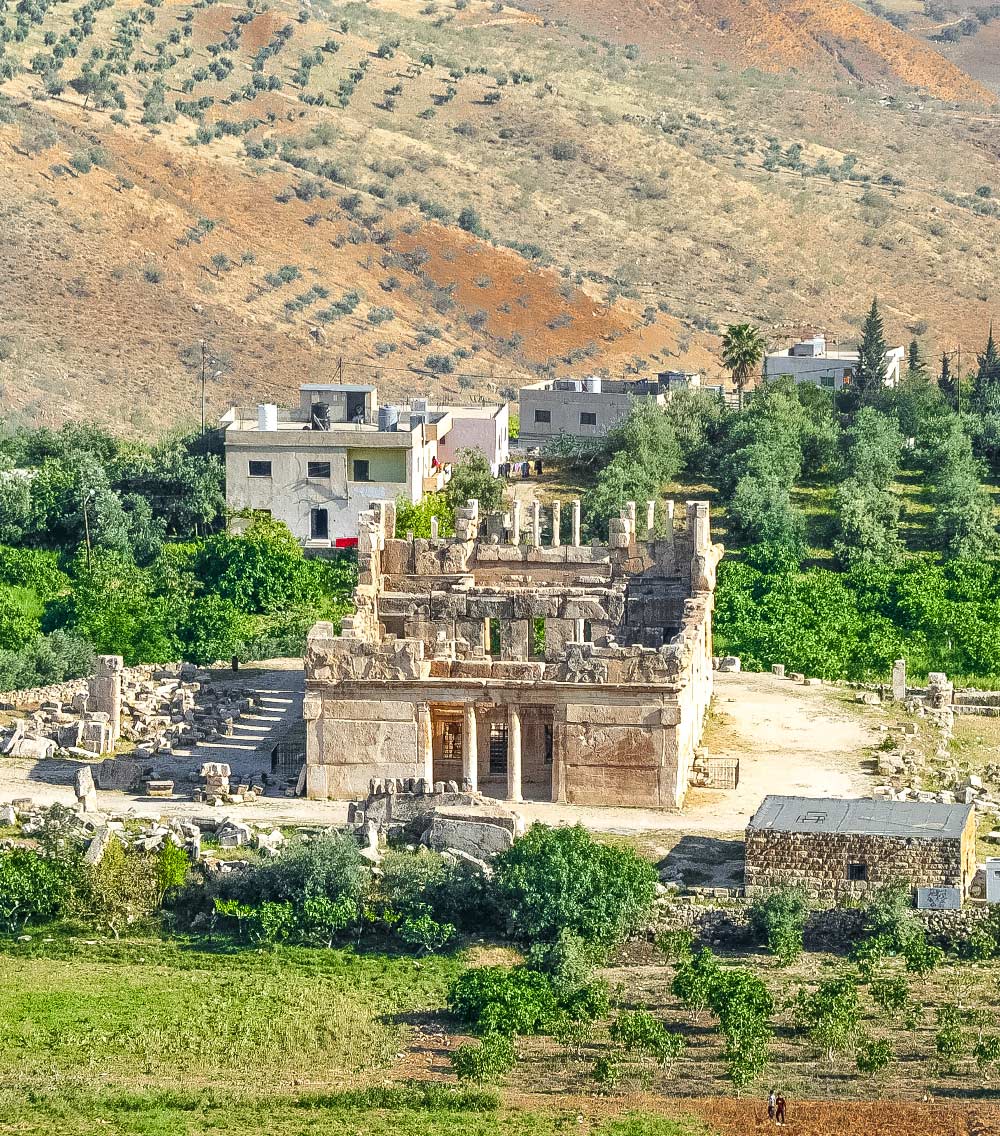
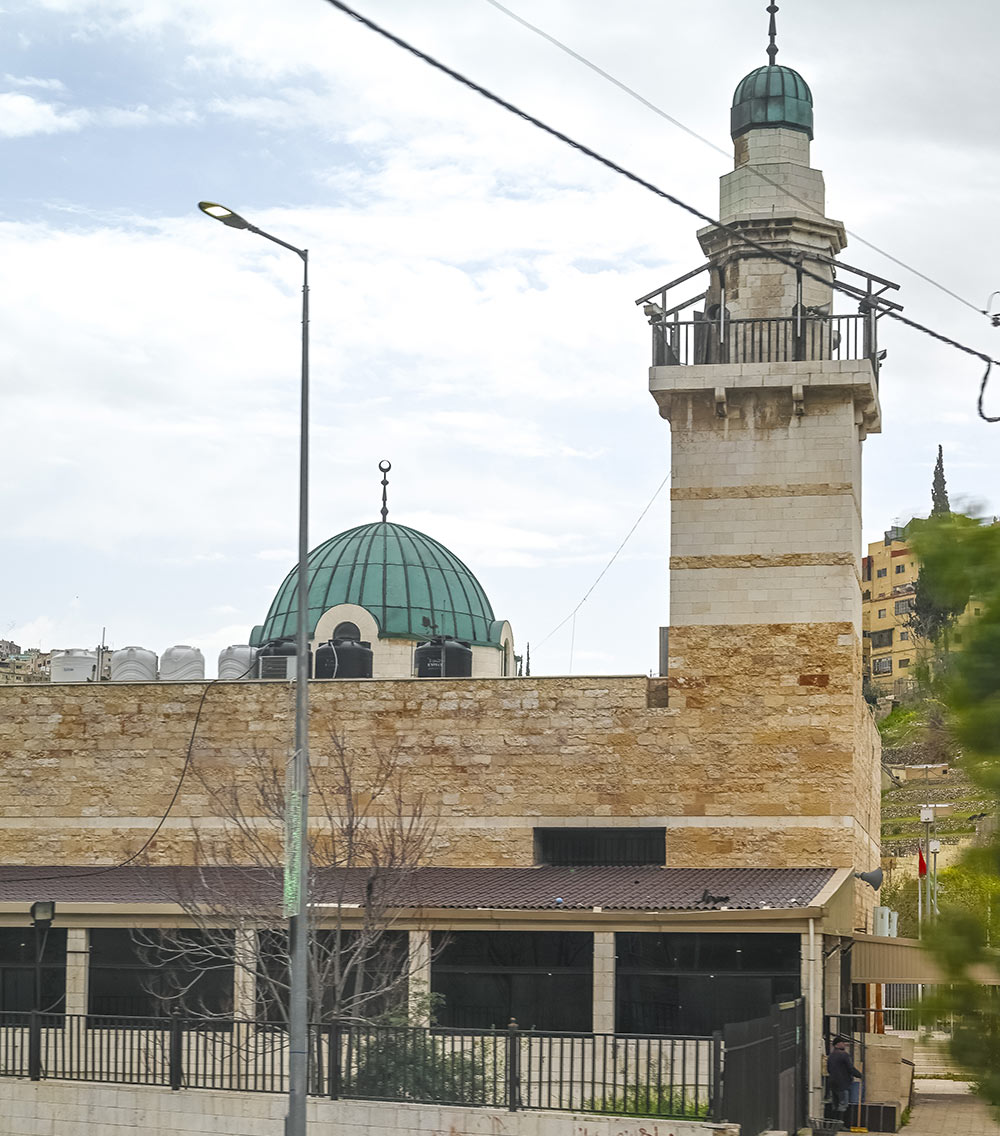
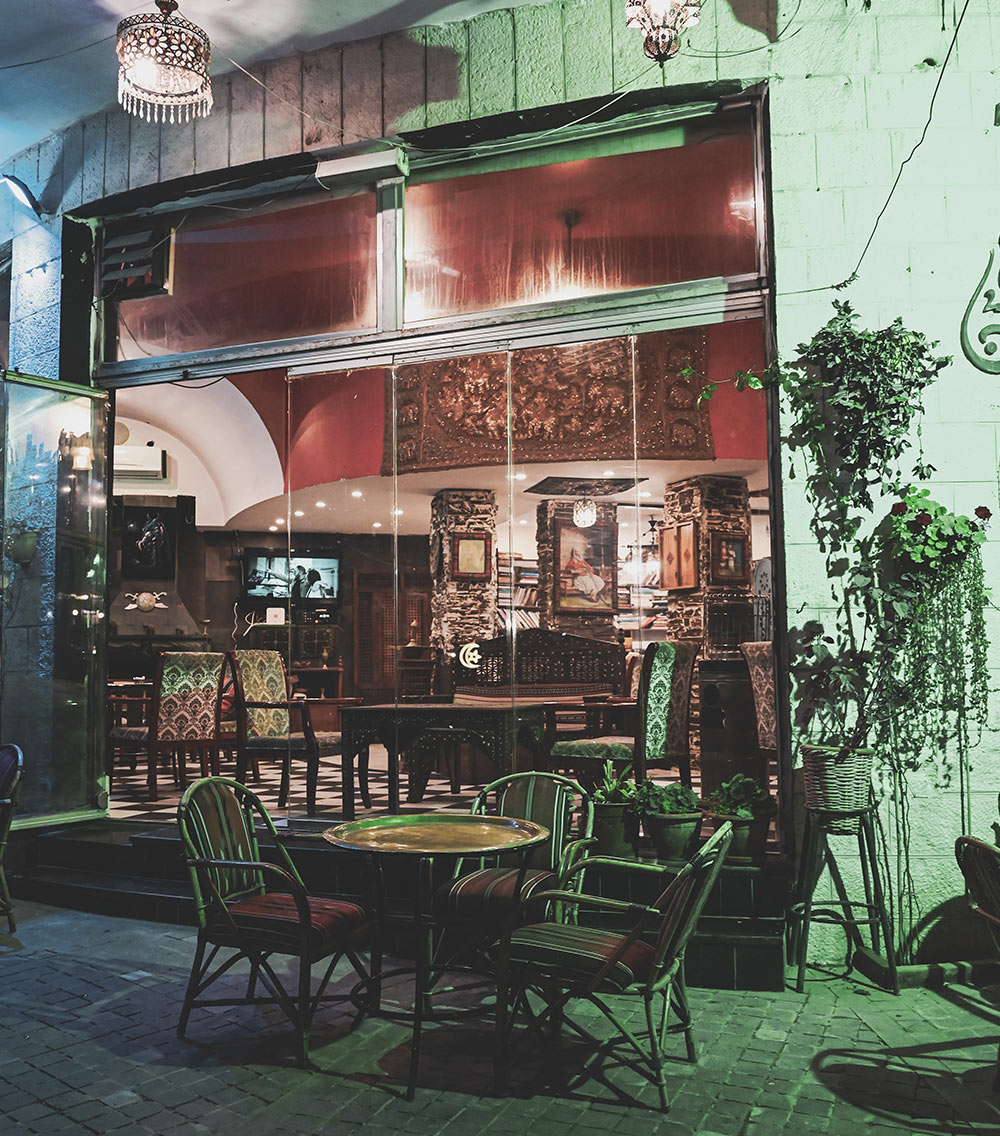

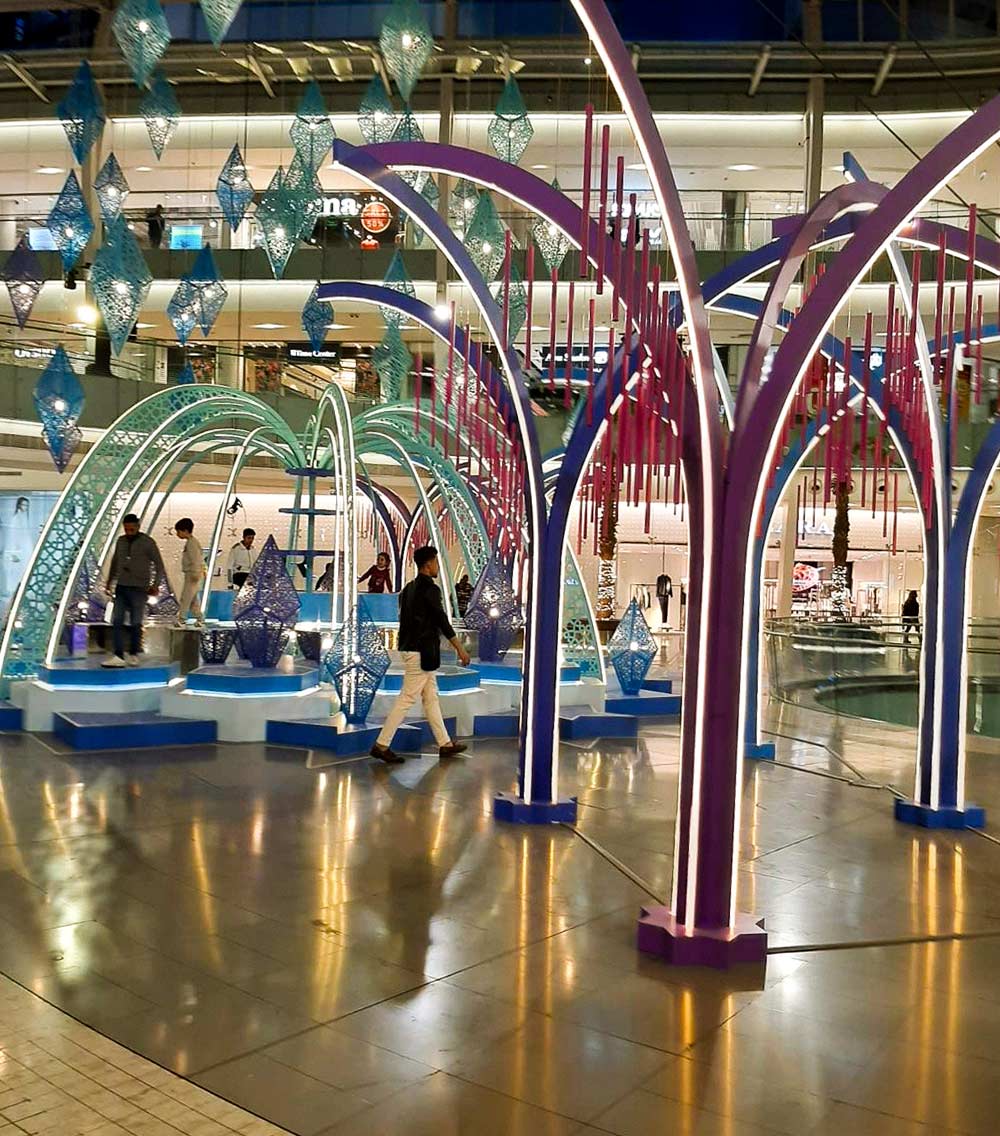
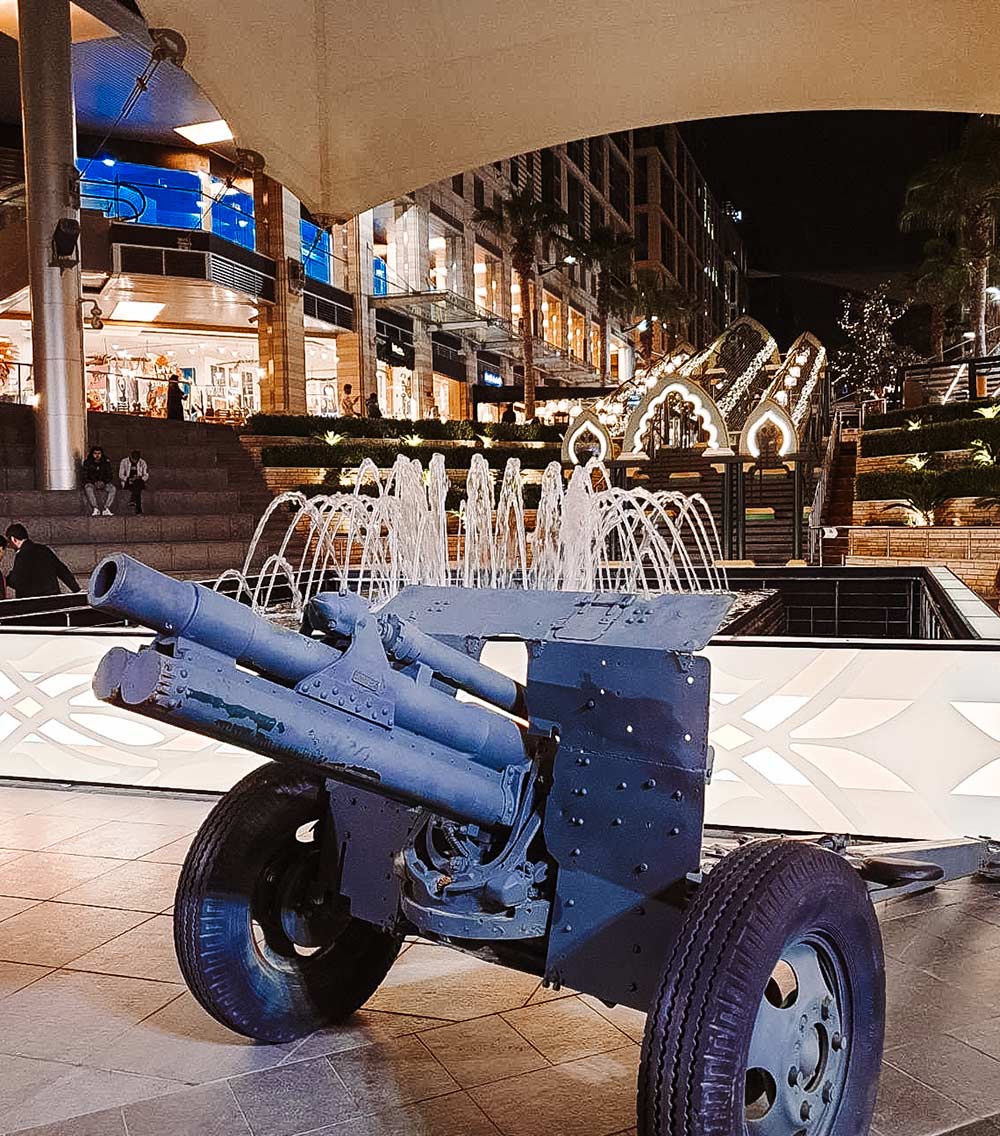
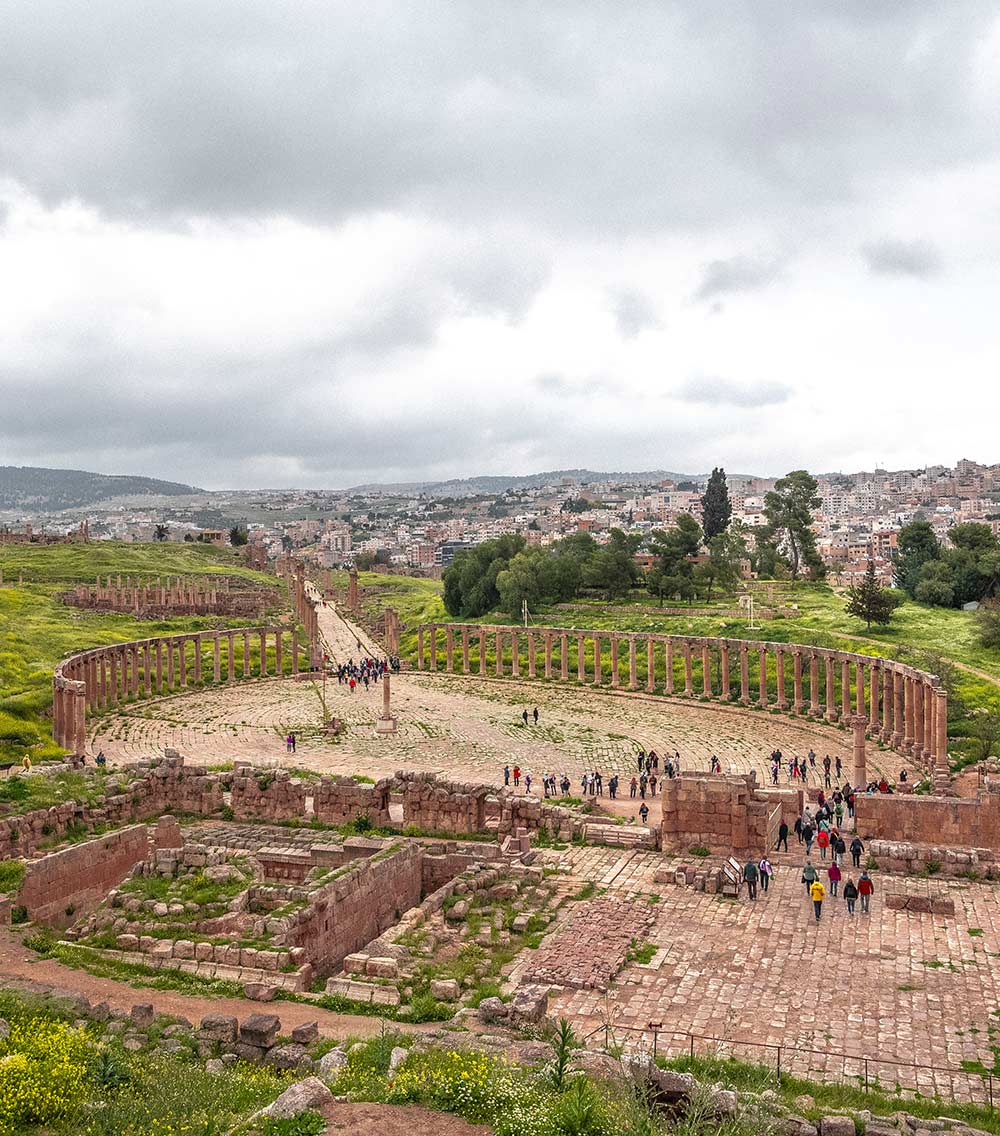
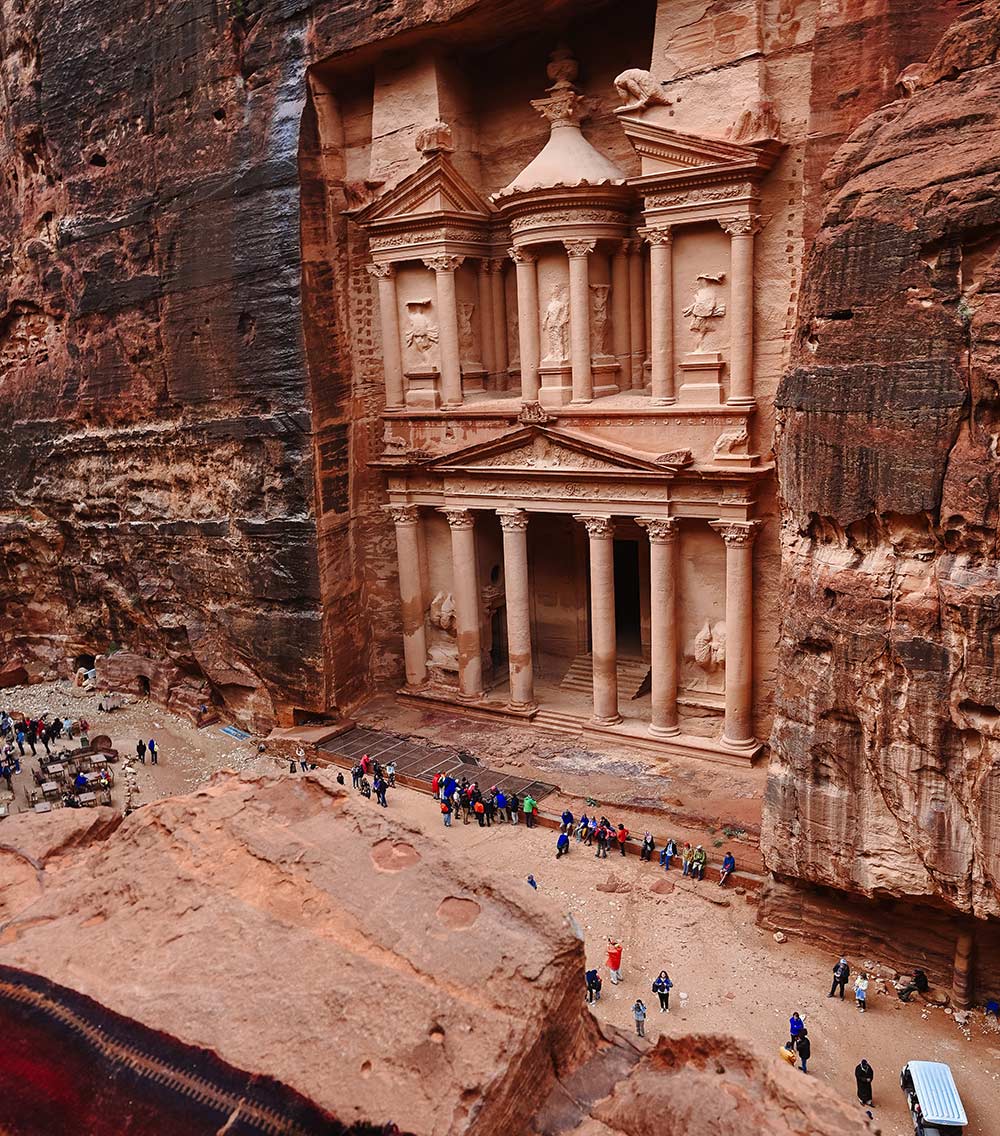
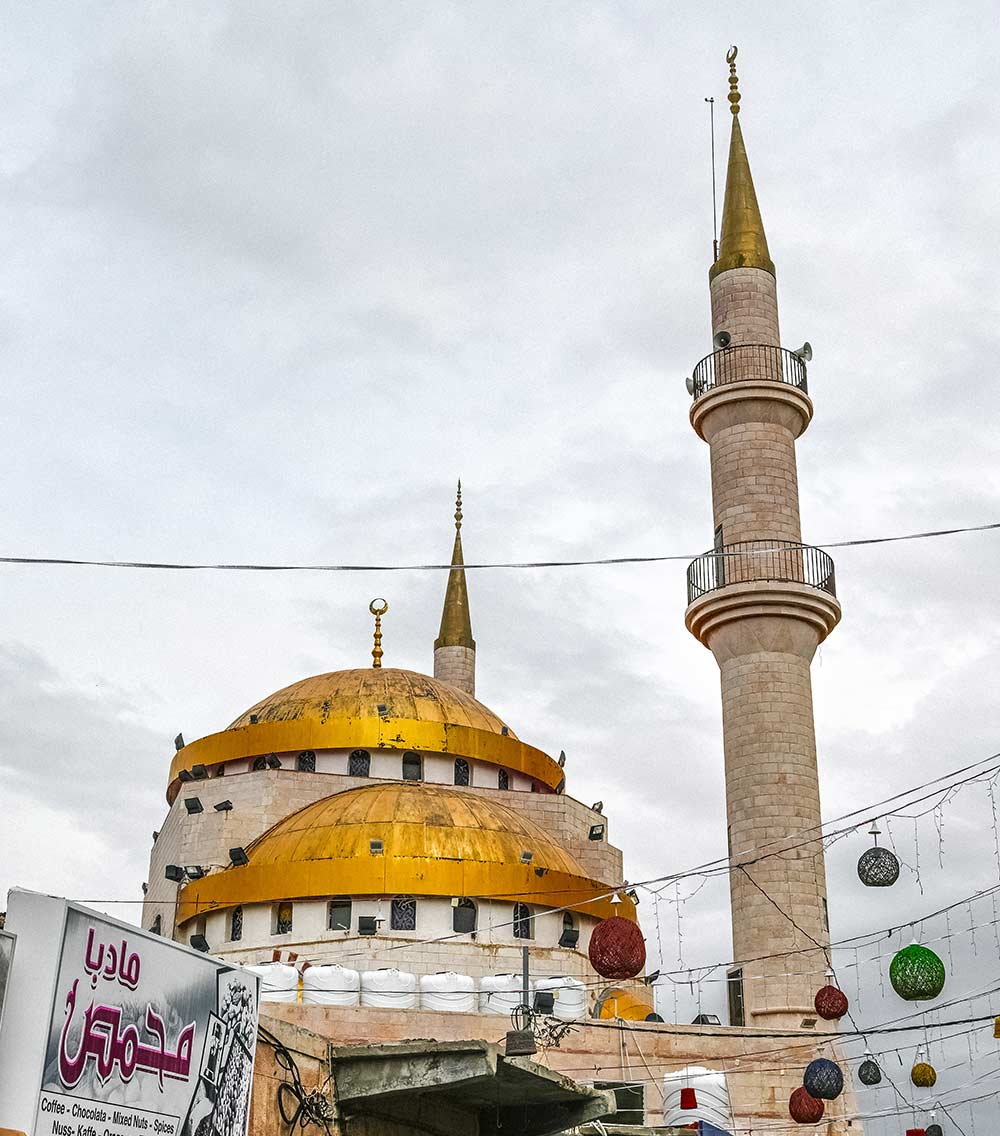
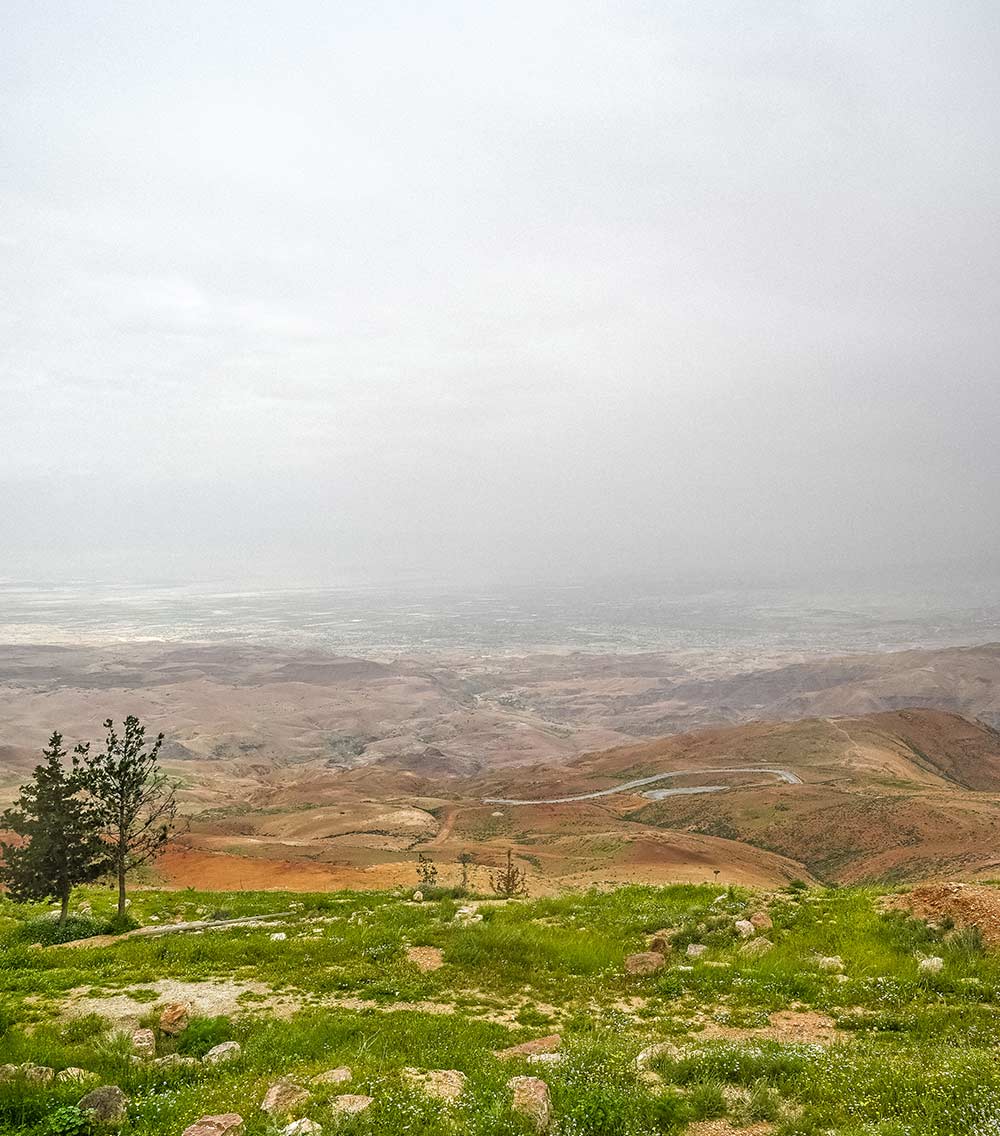
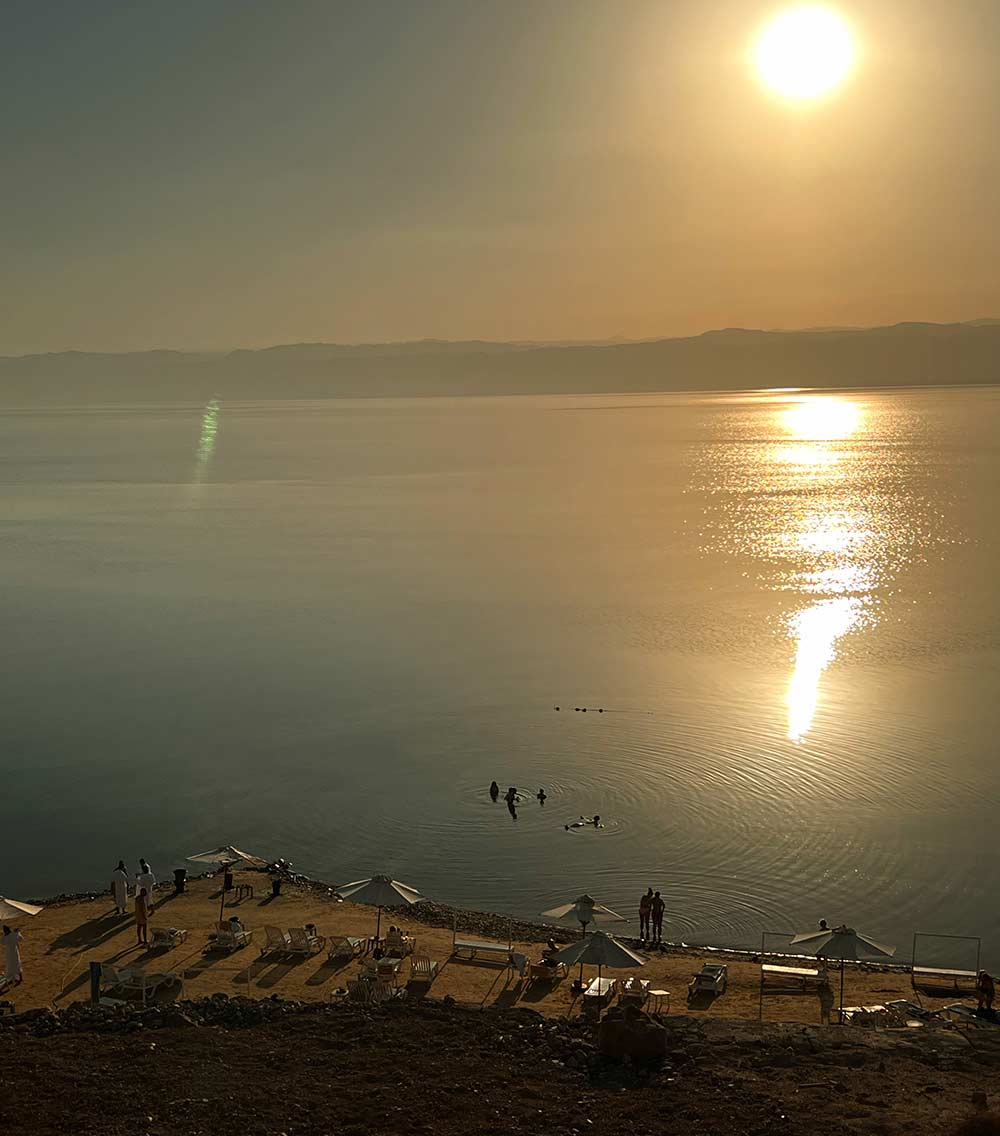
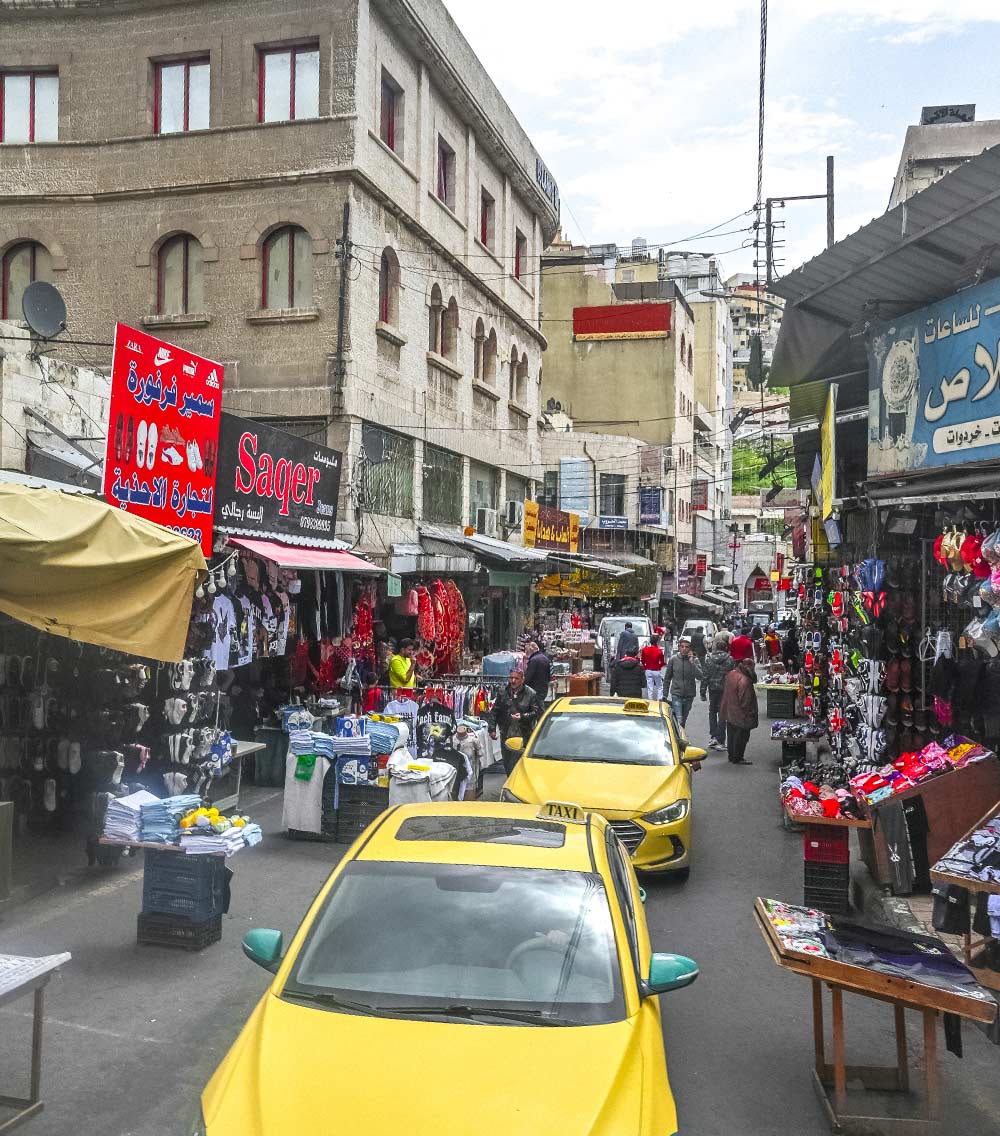
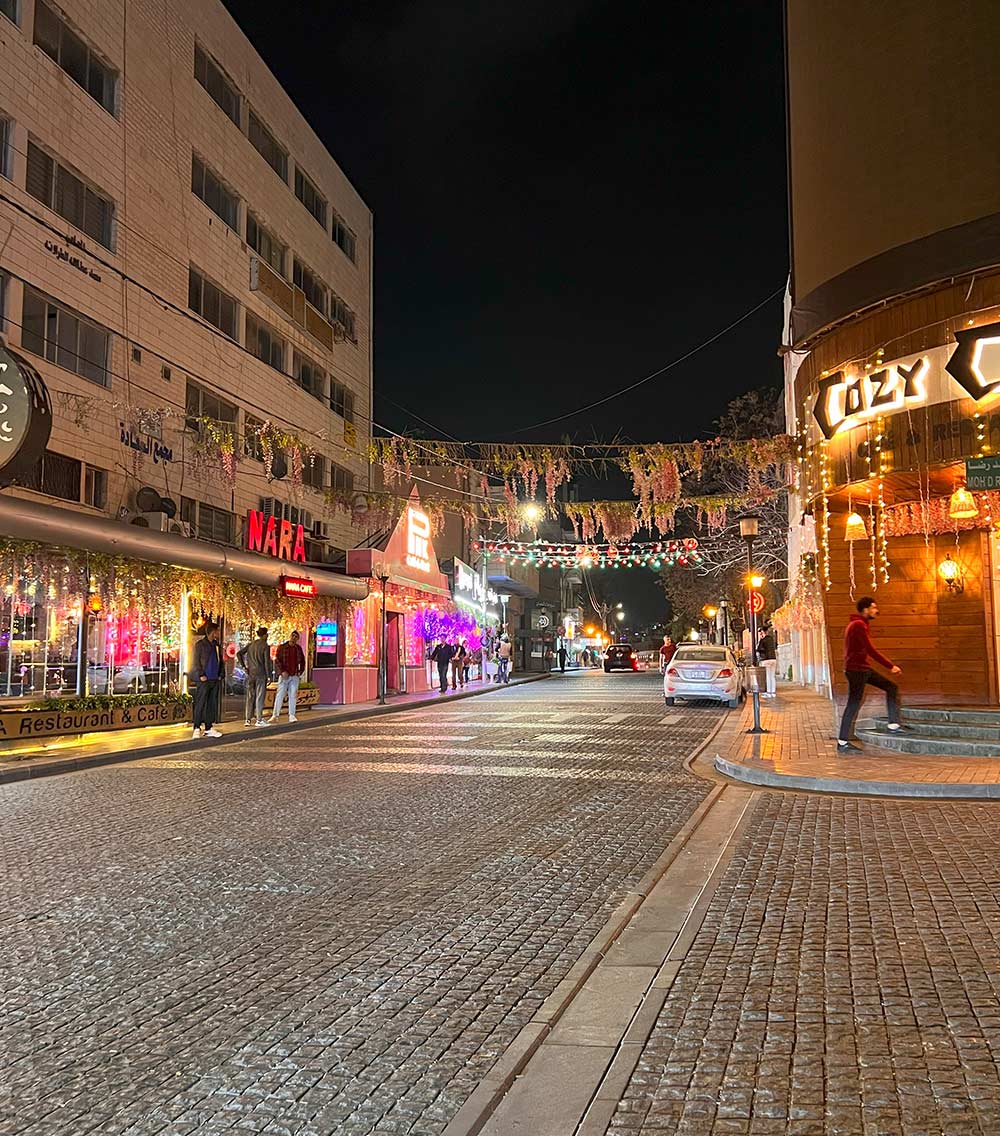
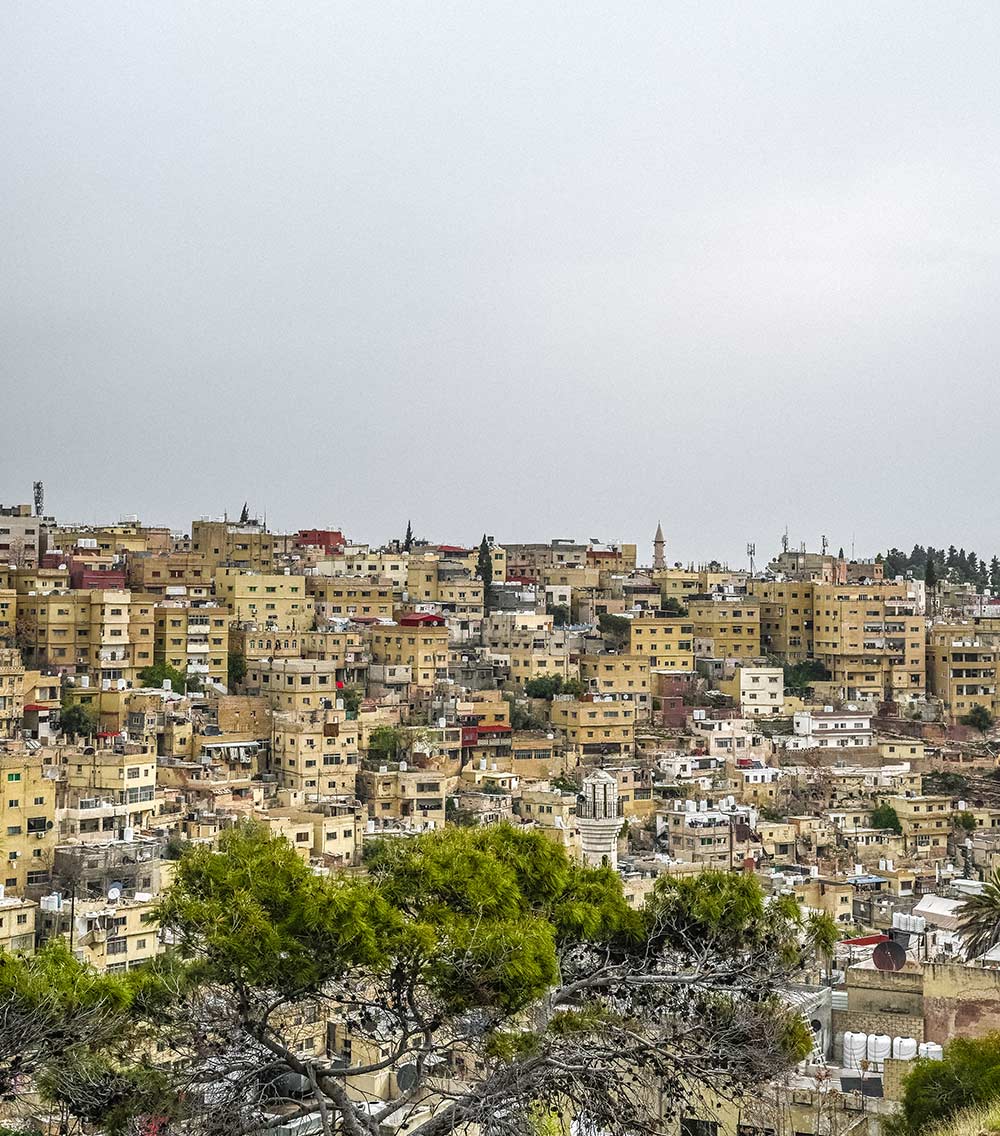
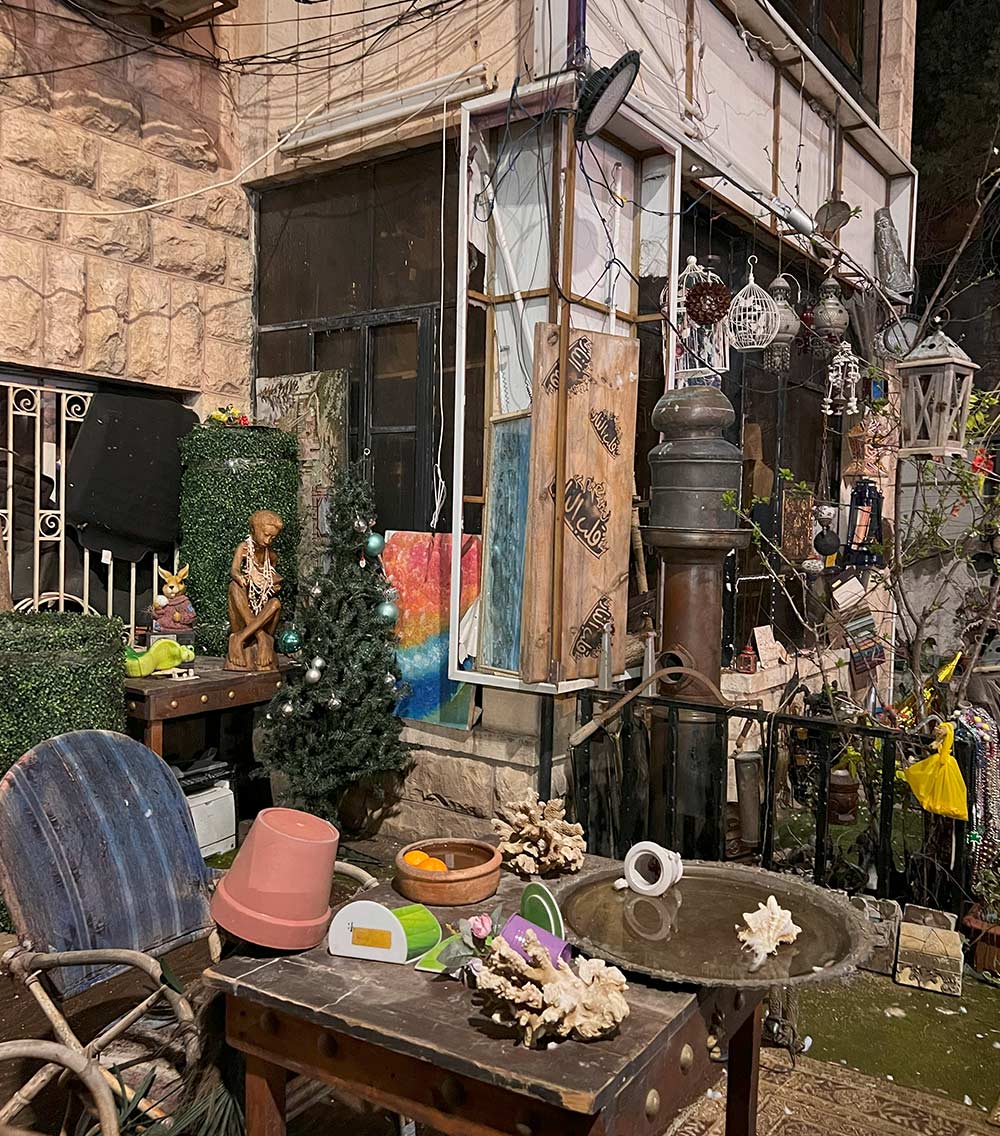
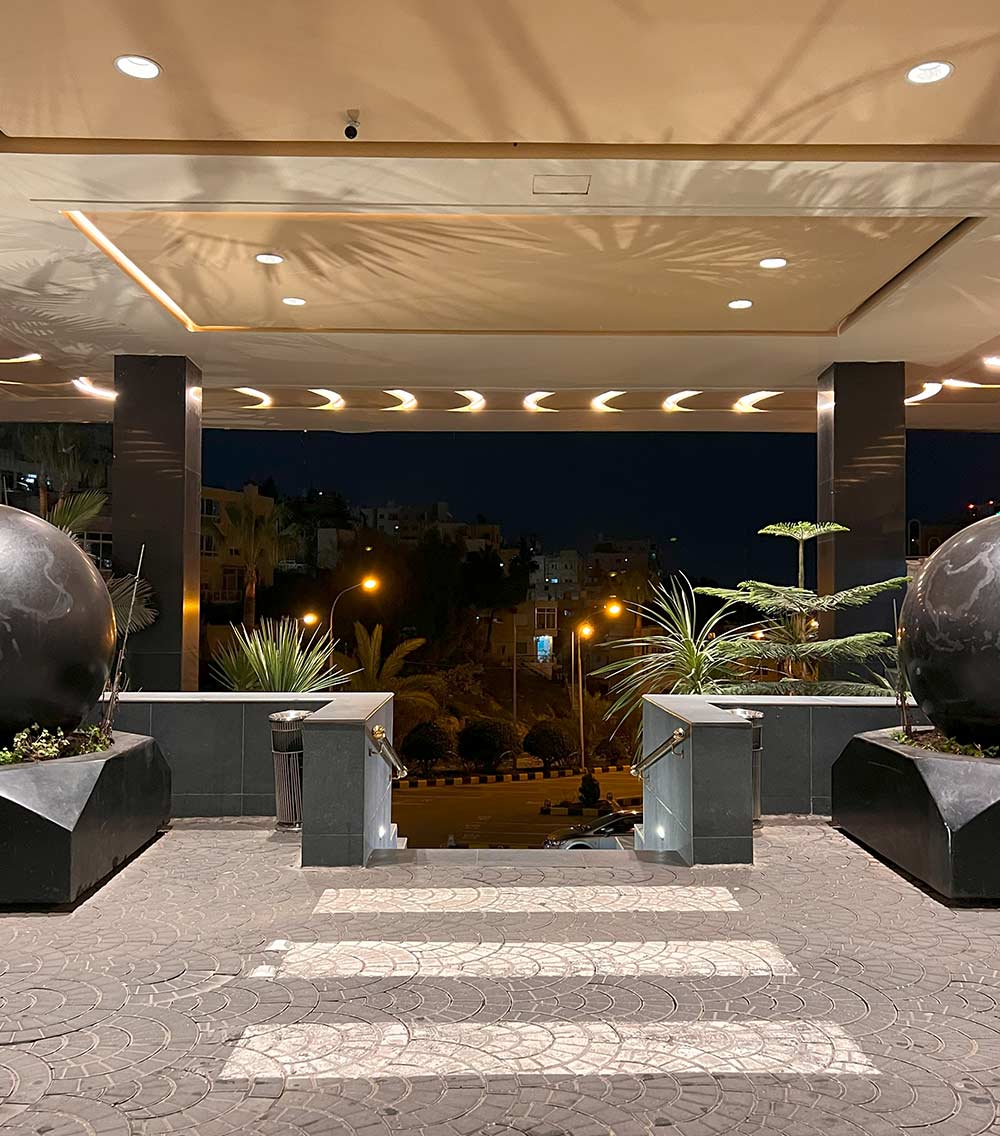

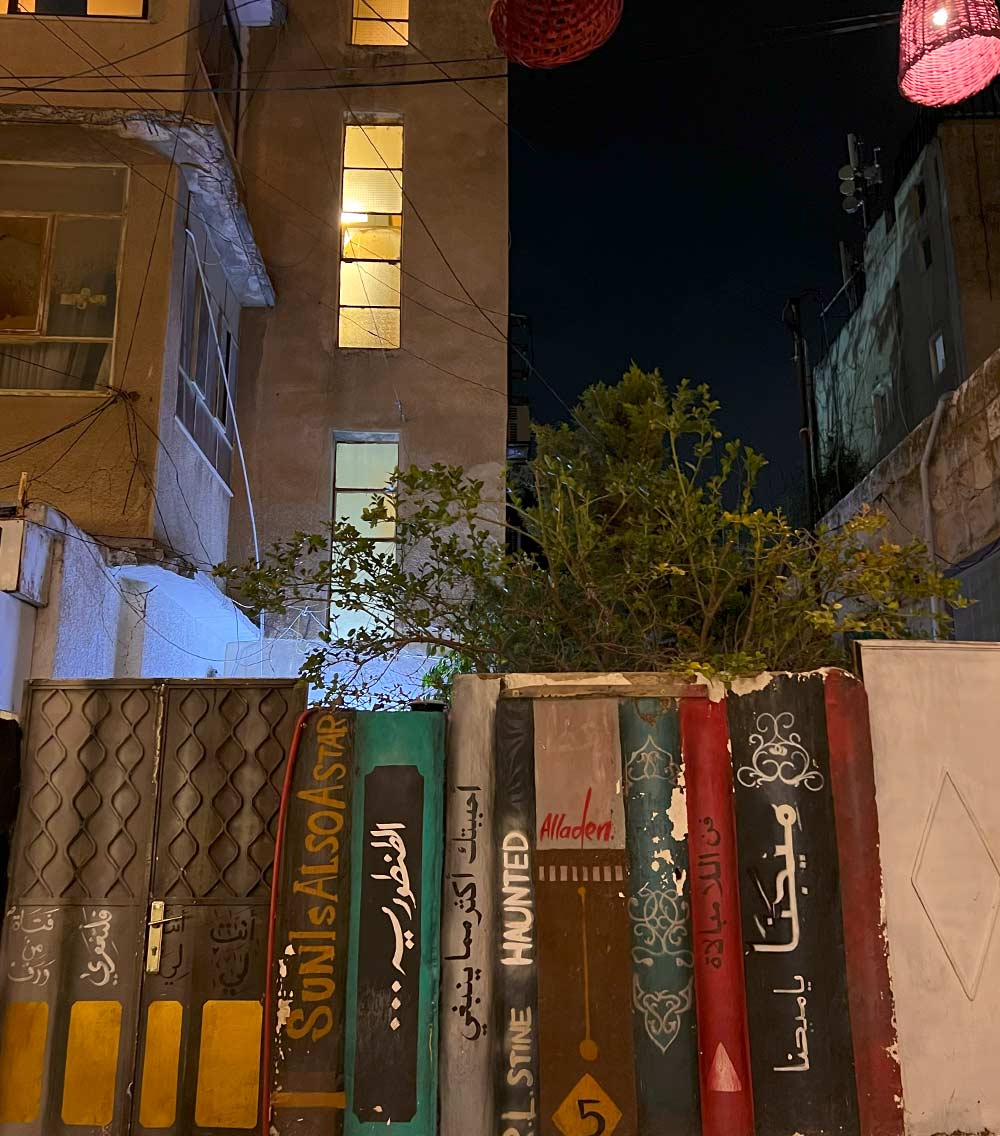
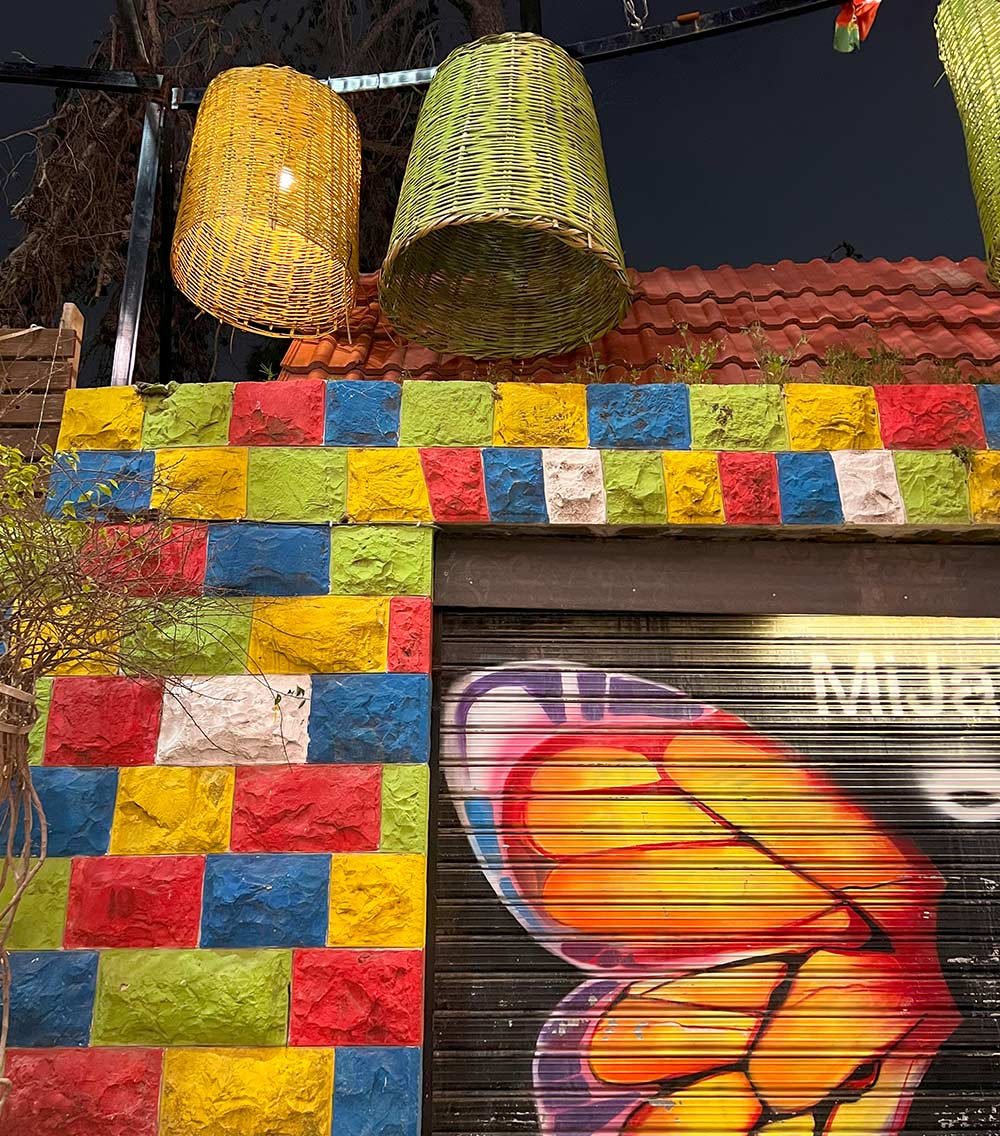
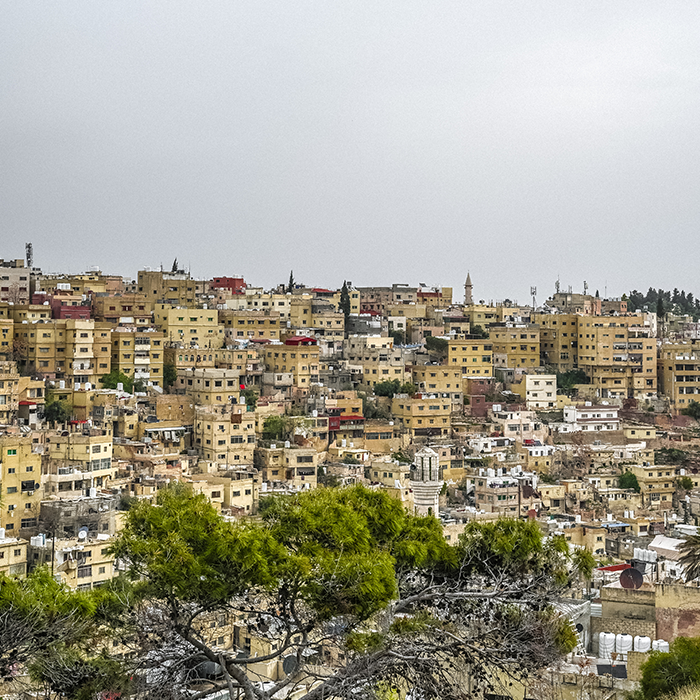

No Comments